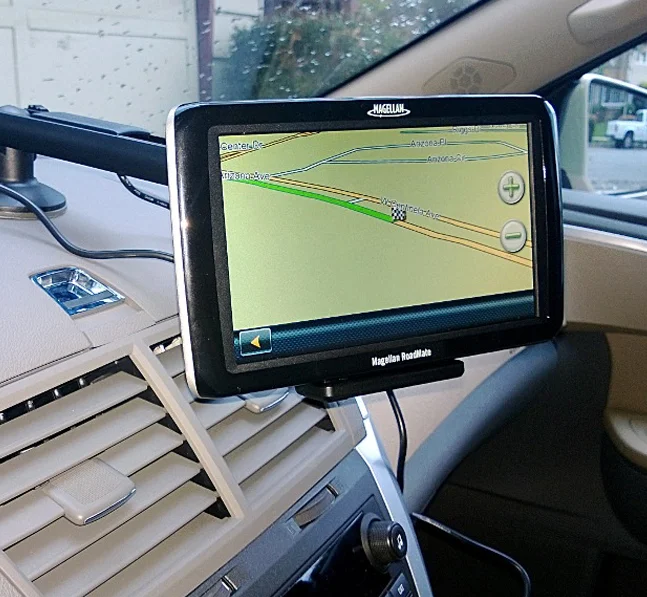
Agile Method in Software Testing: From Planning to Execution
Software development using the agile approach stresses teamwork, adaptability, and ongoing progress. It is a set of ideals and guidelines that direct the creation of software products in a way that is both receptive to user wants and flexible to shifting conditions. The use of Agile methods in software testing is among its most crucial features. This blog article will examine the use of the Agile methodology, from strategy to execution.
Agile Method in Software Testing: Planning
Planning is a continuous activity according to the Agile methods in software testing. Agile teams collaborate to produce a high-level plan that offers direction and flexibility rather than drafting a detailed strategy in advance. The team members are then given these more achievable, smaller tasks from the high-level strategy. This strategy promotes more adaptability and flexibility since the team may modify the plan as they go in response to input and shifting needs.
Planning in software testing often includes developing a testing strategy and test plan. The entire approach to testing, including the many types of testing that will be done, the resources required, and the testing timeline, are all outlined in the testing strategy. The test plan offers a thorough road map for testing, outlining the precise tests that will be carried out as well as the anticipated results and the standards for passing or failing each test.
Agile Method: Execution
Software development and testing are carried out in quick iteration cycles known as sprints under the Agile methodology. The goal of each sprint, which lasts two to four weeks, is to produce a brief but functional portion of the software product. The testing team concentrates on ensuring that the software complies with the necessary quality standards while the development team works on adding new features or upgrading existing ones during each sprint.
Unit tests, integration tests, system tests, and acceptance tests are just a few of the tests that the testing team runs during the sprint. Developers do unit tests, which examine certain software units or functionalities. To ensure that various components of the program function together without any issues, integration tests are performed. System testing is done to make sure the software complies with the required functional specifications, whereas acceptance testing is done to make sure the program complies with the desired business specifications.
To find and fix any problems or defects discovered during testing, the testing team collaborates closely with the development team throughout the sprint. By collaborating in this way, the team can immediately spot and fix any problems, guaranteeing the highest-quality software output.
Agile Testing Services and Their impact on Planning
The way software is organized and developed has changed as a result of agile testing services. Agile approaches have an iterative, adaptable framework that prioritizes cooperation and communication.
In the conventional method of software development, a thorough strategy is first created and then adhered to throughout the project. It may be challenging to adapt to changes in requirements or new information that becomes available throughout the project due to the rigidity and inflexibility of this method. On the other hand, agile testing services use a more iterative planning process.
Creating a High-Level Plan
To give direction and flexibility, agile testing services entail developing a high-level strategy. The plan is a framework that is adaptable enough to accept modifications and take into account new information rather than a comprehensive, set document. To make sure that the plan accurately captures the condition of the project at the time, it is routinely reviewed and updated regularly.
Breaking Down Tasks into Smaller, Manageable Units
Agile testing services divide the overall strategy into smaller, more manageable components after it is established. This enables the team to operate more effectively by focusing on certain tasks. Also, the smaller units make it simpler to monitor development and spot any emerging problems.
Agile testing services’ iterative planning process enables the team to modify the plan as they go in response to input and altering needs. In the fast-paced corporate climate of today, when requirements may change quickly and new information might appear at any time, flexibility is especially crucial.
Common Challenges in Agile Test Strategy Implementation
Continual testing, risk-based testing, and collaboration are all key components of the agile test strategy used in software development. Even more so if the team is new to Agile methodology, putting an Agile test plan into practice might be difficult.
-
Resistance to Change
Resistance to change is one of the biggest obstacles to implementing an Agile test approach. It might be challenging for certain team members to adopt agile approaches since they call for a new attitude and approach to software development. Training and education on the Agile approach and how they might help the team and the company are crucial for overcoming this obstacle.
-
Lack of Communication
Agile approaches place a high priority on communication, which is also crucial for the effective execution of the Agile test plan. Communication, however, might be difficult, particularly if the team is dispersed or working remotely. Clear communication channels must be established, such as daily stand-up meetings, frequent check-ins, and collaborative tools, to address this issue.
-
Difficulty in Breaking Down Tasks
It might be difficult for certain team members to break down work into smaller, more manageable chunks as required by agile approaches. To address this difficulty, it is crucial to offer training on task breakdown and to promote teamwork and communication to make sure that tasks are separated correctly.
-
Inadequate Test Coverage
Continuous testing, which is a key component of the agile test approach, might be difficult if there is insufficient test coverage. Doing a comprehensive examination of the system being tested and identifying high-risk regions are crucial steps in overcoming this difficulty. By doing so, testing efforts will be prioritized and sufficient test coverage will be made.
-
Inadequate Test Automation
The Agile test plan must include test automation since it increases productivity and lowers the likelihood of mistakes. Yet, implementing an Agile test approach can sometimes be difficult due to insufficient test automation. To overcome this obstacle, it is crucial to pinpoint areas where automation can be most useful and to create a strategy for putting it into practice.
What are the benefits of Agile methods in software testing?
Improved software development quality and efficiency, enhanced teamwork and communication, and quicker time to market are all advantages of using Agile methods in software testing. Customer satisfaction, continuous delivery, adaptability, and continuous improvement are prioritized by agile techniques, which leads to a more responsive and flexible software development process.
How does Agile testing differ from traditional testing methods?
Agile testing stresses cooperation and continuous testing throughout the development cycle as opposed to a distinct testing phase after development, which is how it differs from traditional testing approaches. Agile testing focuses on producing high-quality software that satisfies customer demands in an incremental, flexible, and iterative manner.
How does Agile testing affect software development timelines?
Agile testing can shorten software development schedules by enabling continuous delivery and delivering feedback on product quality more quickly. Shorter time-to-market is achieved as a result of the ability to quickly identify and address problems. Agile testing’s incremental and iterative methodology enables continuous process enhancements and modifications.
Conclusion
Software development and testing may be done very effectively using the Agile technique. Agile teams may produce high-quality software that is responsive to customer requests and flexible enough to change with the environment by putting a strong emphasis on collaboration, adaptability, and continuous improvement. The Agile methods in software testing offer a road map for organizing and carrying out tests in a way that is both thorough and effective. The team can more rapidly discover and fix any errors, assuring the highest-quality software product, by breaking testing down into tiny, iterative cycles.







